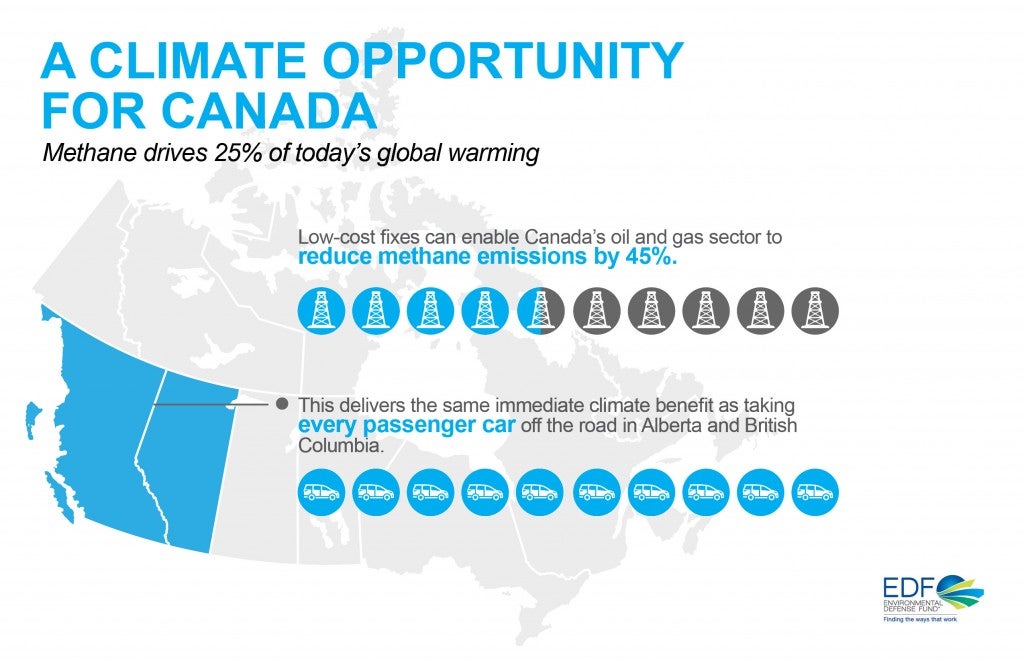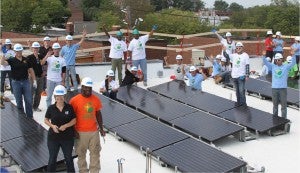
Imagine a utility receives $57 million from the Department of Energy and a matching amount from its customers, then uses that money to demonstrate how new technologies could save millions more. Sounds like a pretty sweet deal, right? Not if you’re FirstEnergy, whose business model doesn’t call for saving money.
FirstEnergy – serving several states in the Mid-Atlantic region, including Ohio where the power company is currently requesting a $4 billion bailout of its uneconomical power plants – recently filed a long-term infrastructure-improvement plan in Pennsylvania, setting out its strategy for modernizing the grid. And despite having seen the benefits firsthand, the utility didn’t include voltage optimization – or using technology to “right-size” the amount of voltage customers receive – in its plan.
Since utilities likely won’t modernize the grid on their own, Environmental Defense Fund (EDF) often intervenes before state public utility commissions. And in this case, EDF recommends the Pennsylvania Public Utilities Commission (PUC) should not approve FirstEnergy’s grid modernization plan unless it includes voltage optimization. Read More


 Each month, the Energy Exchange rounds up a list of top clean energy conferences around the country. Our list includes conferences at which experts from the EDF Clean Energy Program will be speaking, plus additional events that we think our readers may benefit from marking on their calendars.
Each month, the Energy Exchange rounds up a list of top clean energy conferences around the country. Our list includes conferences at which experts from the EDF Clean Energy Program will be speaking, plus additional events that we think our readers may benefit from marking on their calendars. Symbiosis – in which different species have a cooperative or mutually beneficial relationship – is everywhere in nature: honeybees receive vital nutrients from flowers while delivering pollen (male) directly to the female parts of the flower; pilot fish gain protection from predators, while sharks gain freedom from parasites; and dogs protect their owners, while receiving food and shelter. Cited by
Symbiosis – in which different species have a cooperative or mutually beneficial relationship – is everywhere in nature: honeybees receive vital nutrients from flowers while delivering pollen (male) directly to the female parts of the flower; pilot fish gain protection from predators, while sharks gain freedom from parasites; and dogs protect their owners, while receiving food and shelter. Cited by